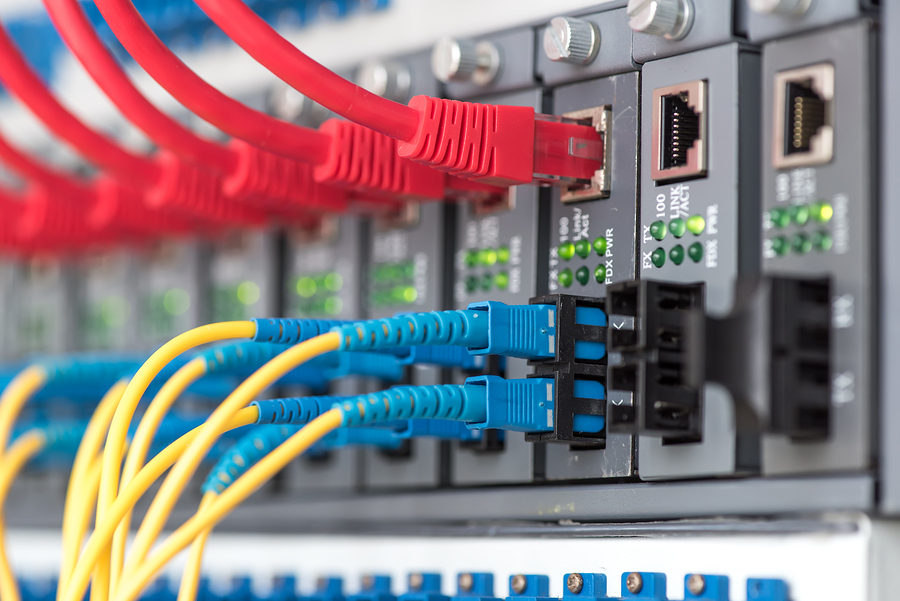Sayings like “You get what you pay for” and “Penny wise and pound foolish” exist for a reason. Too often, in an effort to save some money, people turn to inferior products and/or cheap solutions, and end up actually spending even MORE money in order to undo the damage done by employing the bargain solutions in the first place!
Certainly, there are areas of life where shopping for a bargain is a smart thing to do and works out fine. But there are countless other areas where you simply can’t do this, like IT solutions, for example. Specifically, we’re dealing here with the questionable practice of resolving network issues by using freeware.
Free Is Sometimes Okay
The smaller the network affected, the less of an offense it is to use freeware. For instance, if you’re simply a consumer who’s having problems with the wireless network connectivity at home, freeware can be a godsend. Even if you have a small business that only has a handful of devices on a LAN, you can get away with using freeware most of the time.
Also, there’s a difference between diagnostics and actual repair. There’s a host of freeware out there that diagnoses network problems just fine.
But if you have this large network infrastructure, you really have no business using freeware to diagnose and solve your problems. And though sometimes these solutions can have limited success, these methods may only address the symptoms while leaving the root problem in place, as the article “You Spent HOW MUCH On Network Infrastructure But Use Freeware To Fix It?” points out.
And that’s because … .
It’s Called “Freeware” For A Reason
Freeware, by its very nature, is light on features, utilities, and updates. It’s a general purpose application meant to appeal to the most people by being as generic and shapeless as possible, not taking your particular unique situation into consideration. It’s like buying a mumu instead of a suit or dress that conforms to your actual measurements: sure, it keeps you covered, but it really does nothing else for you.
Even worse, a lot of freeware is bundled with unwanted goodies like adware and spyware. After all, someone has to pay for the application’s development, and that’s where ad revenue helps out, much to your detriment.
Finally, there’s the matter of support, or lack of it. When you purchase an application, there’s most often a certain amount of support that comes along with it. Maybe you have problems installing the program, or something goes wonky when you run it. You fire off an email, text, or phone call to the support people, and they walk you through it. With freeware, as a rule you’re on your own. Talk about getting your money’s worth!
So What Do You Do?
Granted, some freeware offers you the chance to pay for an upgraded version that provides more features and such, and that could conceivably work. But ask yourself this: if you’re going to spend money on network diagnostic/repair software, why just not spend some money and go for the established, proven utilities in the first place?
While it can be slightly painful to shell out some noticeable cash on software, you’re undergoing a little pain right now in order to avoid a whole truckload of it later. You’ve spent so much on your network; don’t leave it in the hands of bargain basement applications.

